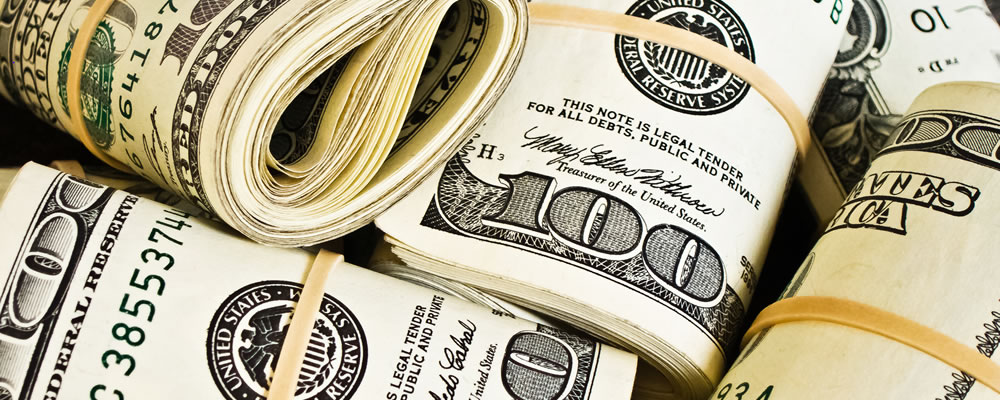- Euro US Dollar exchange rate slips – German trade surplus remains intact
- US Dollar positive despite Chinese inflation upset – Fed rate hike in September hangs in the balance
- Greek production stats due today – US to bring inventories data
The value of the Euro has been steady lately, although a minor loss has still been seen against the US Dollar. This comes even after Germany’s trade balance for June rose beyond forecasts to show a larger surplus.
The US Dollar has also been in fairly high demand, although this is putting a brave face on the fact that China’s inflation rate for July fell from 1.9% to 1.8% on the year, along with a declining PPI result for the same period
Looking ahead, Greece will bring its annual industrial production result for June shortly, while later on the US wholesale inventories result for June is due. Respectively, Greek production is expected to rise, while inventories have a forecast shift from 0.1% to 0%.
(Last updated August 8th, 2016)
As a new week of trading kicked off, the value of the Euro US Dollar exchange rate dipped slightly, with the common currency consolidating those losses recorded last week in the wake of the US publishing surprisingly strong employment figures. Given that little negative news has come out of the Eurozone thus far, it seems that this is due to a natural leveling-off between the two currencies.
Eurozone data has involved rising construction in Ireland, rising manufacturing production in the Netherlands and rising industrial production for Germany.
The US Dollar has been unsettled lately, owing to falling trade figures coming from China for July. Given how the performance of the Chinese economy is taken as an indicator of the likelihood of a Fed interest rate hike, this has been seen as a step back, rather than a step forward.
Looking ahead, the near-future will bring the announcement of the Greek inflation rate for July, which is damagingly forecast to show further movement into the deflationary area. From the US, tomorrow will see the announcement of the MBA mortgage foreclosures and delinquencies results for the second quarter.
The EUR/USD exchange rate is currently trending in the region of 1.1083 while the EUR/GBP exchange rate has been trending in the region of 0.8500.
(Last updated August 8th, 2016)
The Euro was a mixed bet last week, with lacklustre data repeatedly dragging the common currency down against the US Dollar.
The US Dollar ended the previous week on an extremely strong footing, thanks to a forecast-beating change in non-farm payrolls (NFP) result.
Eurozone Economic News: Euro Destabilised by ECB Bulletin Last Week
The Euro was a decidedly unstable option over the previous week, with losses coming from the sheer variety of Eurozone economic announcements, many of which had a mixed outcome.
The week opened with the July manufacturing PMIs, which fell in Germany and the Eurozone as a whole. Additionally, after posting 50.4 in July, Greece saw its manufacturing PMI fall back into contraction at 48.7.
Wednesday was another busy Eurozone data day, with the Eurozone-wide composite and services PMIs for July rising but the June monthly retail sales falling from 0.4% to 0%. On the year, sales reprinted at 1.6%.
On Thursday, the European Central Bank (ECB) economic bulletin offered a long road to Eurozone stability, citing high debt and slow growth as consistent limiting factors.
Closing off the week were Germany’s factory orders for June, which damagingly fell from 0.1% to -0.4% against forecasts of a rise to 0.8%.
US Dollar Euro Rates Hit 0.90 Last Week on Surprising NFP Outcome
The previous week saw major gains recorded for the US Dollar, though these only really materialised on the very last day of trading.
Opening off movement was Monday’s ISM manufacturing PMI for July, which fell from 53.2 to 52.6. For the Markit variant, however, the manufacturing PMI actually rose from 51.3 to 52.9.
One of the most notable events came on Tuesday, when Fed official Robert Kaplan stated that a September interest rate hike was not impossible. Kaplan subsequently changed his tune during the week, however, by commenting on lacklustre Chinese growth on Thursday, which raised concerns that policy tightening would not actually be taking place at the earliest opportunity.
The middle of the week saw the ADP employment change for July rise, while the composite PMI for July rose and the non-manufacturing PMI fell.
Friday afternoon brought elation to US Dollar investors, when the NFP result showed a figure of 255k, instead of the lesser 190k outcome that had been forecast.
Euro US Dollar (EUR USD) Exchange Rate Forecast: Can German Ecostats Redeem Last Week’s Disappointment?
The present week will once again bring a number of German announcements from the Eurozone, while the only major US data will be limited to Friday.
In the former case, Germany’s industrial production result for June is out shortly (forecast to rise), while the nation’s pessimistically-predicted trade balance result is due tomorrow.
Friday will wrap up Germany’s contributions, with wholesale prices in July as well as the inflation rate for the same month and Q2 GDP growth rate flashes.
Inflation is expected to rise on the month and the year, while GDP has an annual increase and quarterly drop in store.
From the US, Friday will see the announcement of July’s retail sales and the University of Michigan consumer confidence result for August. Sales are predicted to drop, as is consumer confidence.
Recent EUR, USD Exchange Rates
The Euro US Dollar (EUR USD) exchange rate was trending in the region of 1.1075 and the US Dollar Euro (USD EUR) exchange rate was trending in the region of 0.9031 recently.




